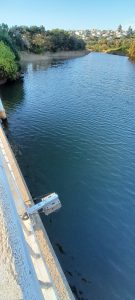Smarter Cleaner Sydney Harbour
Sydney Coastal Councils Group (SCCG) and Parramatta River Catchment Group (PRCG) are partnering with CSIRO and the Sydney Olympic Park Authority (SOPA) on an innovative project that applies smart technology to help reduce stormwater pollution entering Sydney Harbour. Five councils are involved in this trial: Northern Beaches, Woollahra, Blacktown, City of Parramatta and Canterbury-Bankstown.
Channel 7 recently featured the Smarter Cleaner Sydney Harbour. Watch it here!
Issues with stormwater pollution and its management
Stormwater pollution is a significant problem for coastal waterways and the wider marine estate. Pollutants such as litter and sediment are washed off urban areas during rainfall and conveyed via the stormwater drainage network to receiving waterways. This pollution is not only unsightly but a threat to marine life and public health.
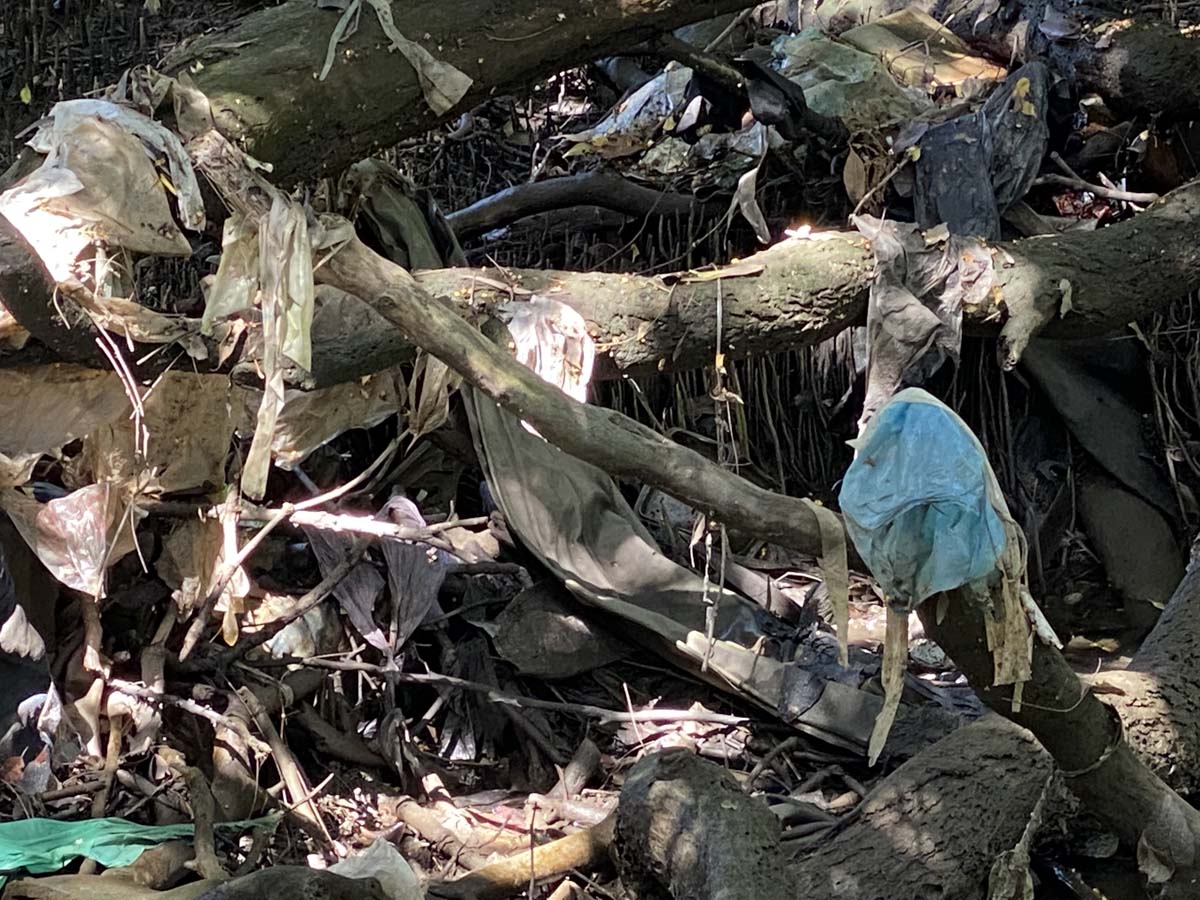
Trapped litter in Duck Creek, Granville (Source: SCCG)
A community survey conducted as part of the development of the NSW Marine Estate Management Strategy identified stormwater as the greatest threat to the marine estate. Similarly, stormwater pollution was identified as the highest priority threat to Sydney Harbour as part of the scoping of the Greater Sydney Harbour Coastal Management Program.
This problem has long been acknowledged. In response, local councils and other stormwater managers have for many decades installed gross pollutant traps (GPTs) on the stormwater network to trap pollutants before they reach the waterways. There are several thousand GPTs now in operation across Sydney and more continue to be installed.
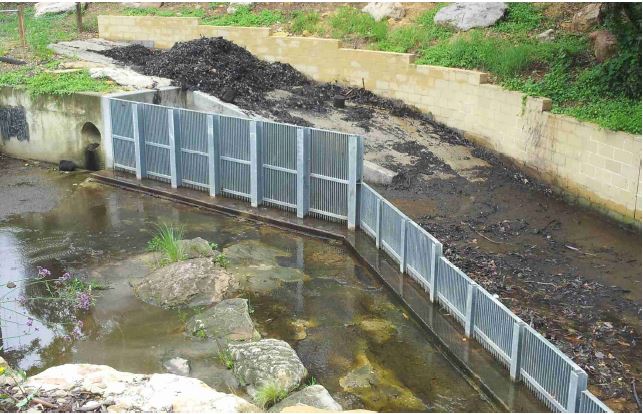
Trash rack style GPT (Source: Stormwater NSW (2020), Guidelines for the maintenance of stormwater treatment measures)
Stormwater treatment technology has evolved considerably in this time. GPT maintenance practices, however, continue to rely on physical inspections and fixed schedules that determine when GPTs are cleaned, irrespective of how full the GPT actually is. That is, cleaning may occur before the unit is full, leading to higher maintenance costs, or may occur after the unit is full, meaning pollution may have bypassed the GPT.
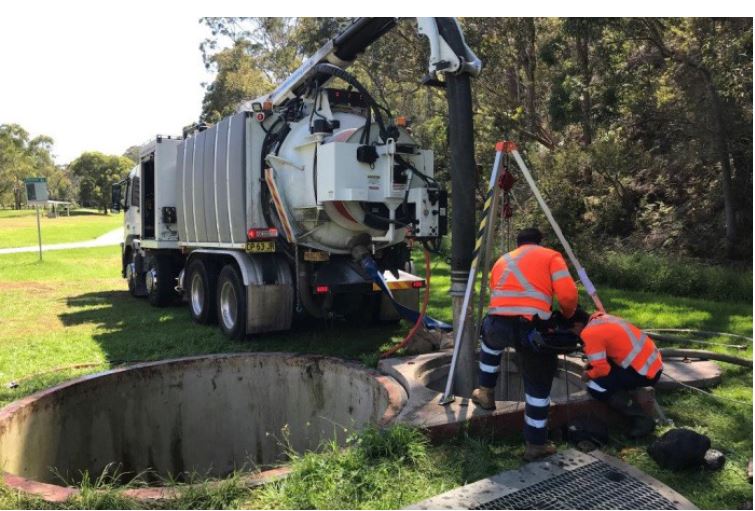
Cleaning of a below-ground GPT (Source: Stormwater NSW (2020), Guidelines for the maintenance of stormwater treatment measures)
Improving GPT maintenance practice through smart technology
There is now an opportunity to employ the use of smart technology such as smart sensors, internet of things, digital twins and artificial intelligence (AI), to improve GPT maintenance practices.
Specifically, CSIRO has developed smart, low-cost AI-connected sensors that can be installed inside GPTs to determine when GPTs are approaching capacity and require cleaning. This will help optimize GPT maintenance regimes, reduce the risk of pollution bypassing the GPT and reduce work, health and safety risks associated with physical inspection.
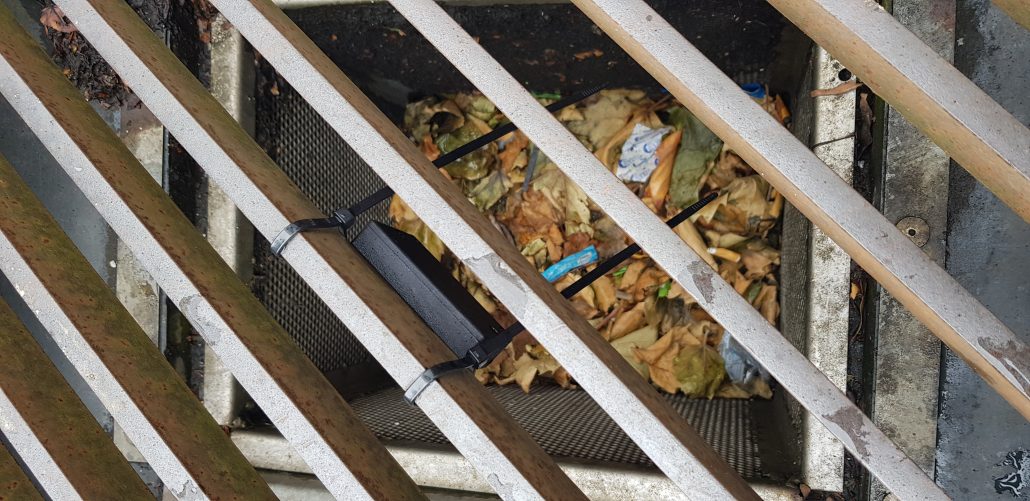
Sensor attached to stormwater pit insert in the Clarence Plains Rivulet, Hobart (Source: CSIRO Marine Debris Team)
In addition, AI-connected cameras can be installed over stormwater channels to monitor and estimate the amount of floating litter conveyed to receiving waterways. This will assist in catchment-based stormwater planning by, for example, quantifying pollutant loads, identifying pollutant hotspots within the catchment and evaluating the effectiveness of existing GPTs.
A partnership approach
After a successful initial trial of smart technology in Hobart, CSIRO is partnering with SCCG and PRCG to conduct a larger trial of this technology in Sydney. This involves the installation of up to about 80 sensors and cameras on GPTs and waterways across Sydney Olympic Park and seven local government areas within the Greater Sydney Harbour catchment, as well as the development of a web-based analysis, decision support and reporting tool.
The project is supported through the NSW Smart Places Acceleration Program with a $545,000 grant provided by the NSW Digital Restart Fund. SOPA is acting as the NSW state agency co-partner on this project given Sydney Olympic Park has one of the highest concentrations of GPTs in Sydney and the use of smart technology to improve asset management and reduce environmental impact aligns well with SOPA’s strategic direction.
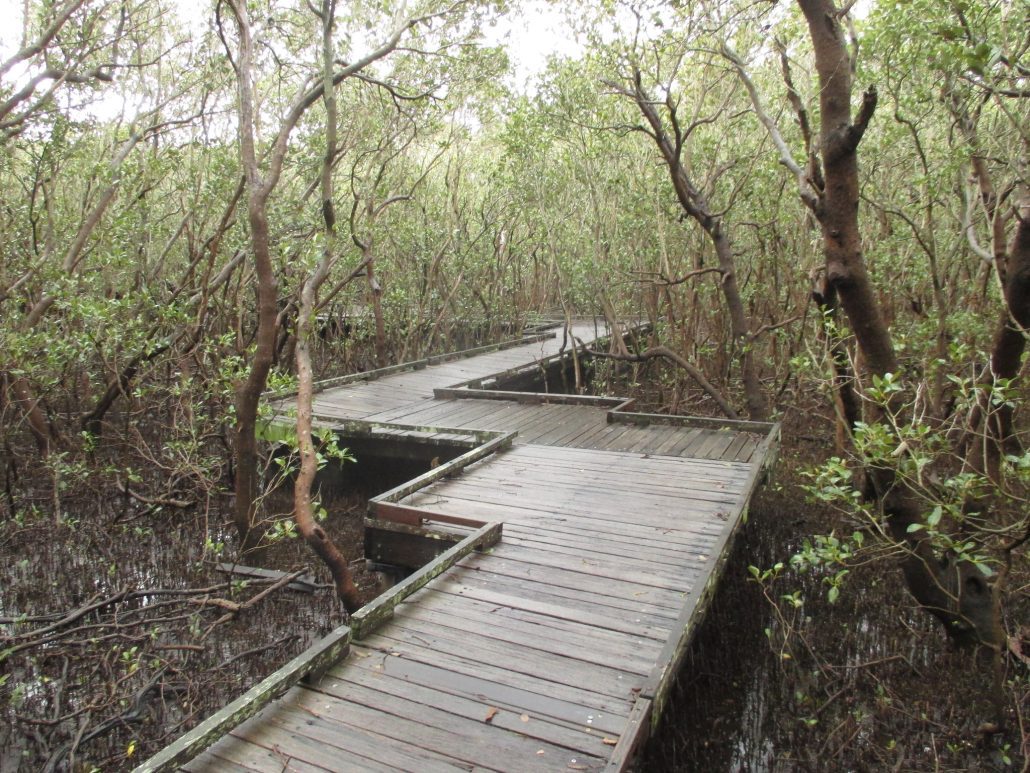
Rain in Sydney Olympic Park (Source: Flickr user Alexey licensed under CC by 2.0)
Project Update
The project commenced in December 2022 and is expected to be completed in early 2024. The outcomes of the project will be considered in the preparation of the Greater Sydney Harbour Coastal Management Program as well as the implementation of the Greater Sydney Harbour Regional Litter Prevention Strategy. If the trial is successful, opportunities will be explored for expanding the application of smart technologies to other councils within the Greater Sydney Harbour catchment, and beyond.
